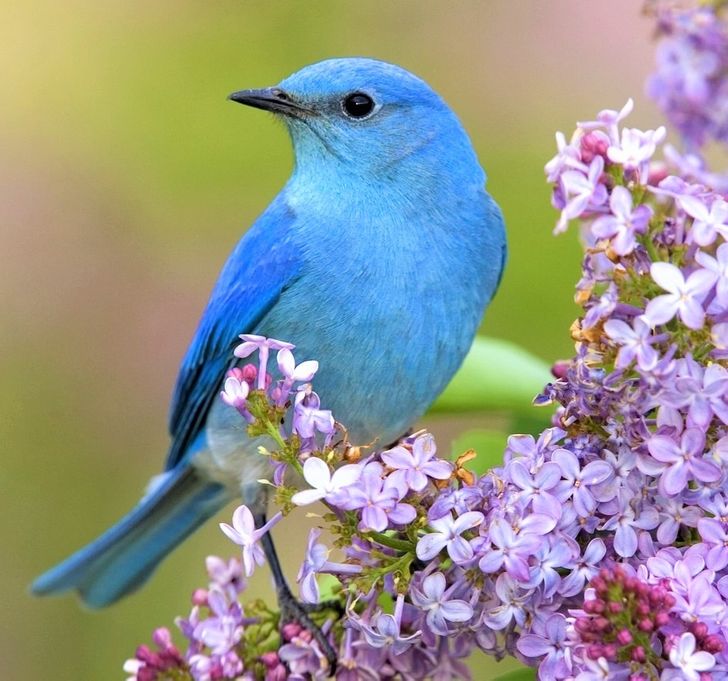The North American Mountain Bluebird is an exquisite species of bird. It belongs to the family of small songbirds and is known for its reserved behavior and melodious singing voice. You can easily spot this bird by its bright blue feathers, which are most vibrant in male birds during the breeding season. Conversely, female birds have a more subdued blue-grey color. These birds are usually 6-8 inches long, with a wingspan of 12-16 inches, and weigh just around 1-1.5 ounces.
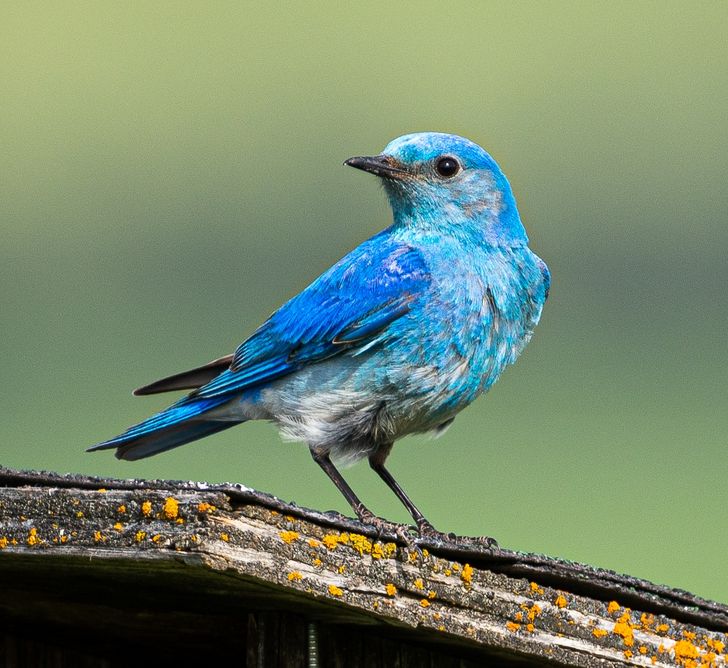
You can often spot these avian creatures in open grasslands, meadows, and foothills. They prefer nesting in cavities, like abandoned woodpecker holes or specially designed nest boxes. In some places, the use of artificial nest boxes has helped increase their numbers.
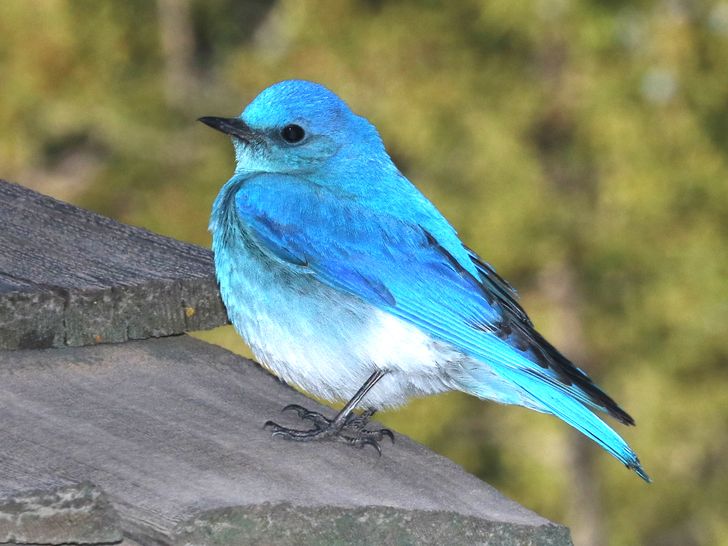
Although Mountain Bluebirds are generally timid, it is not strange to hear their melodious songs reverberating through the meadows and valleys where they dwell. These songs consist of a succession of high-pitched notes that are often referred to as warbles. During the breeding season, male birds use their songs to both lure potential mates and protect their territory.
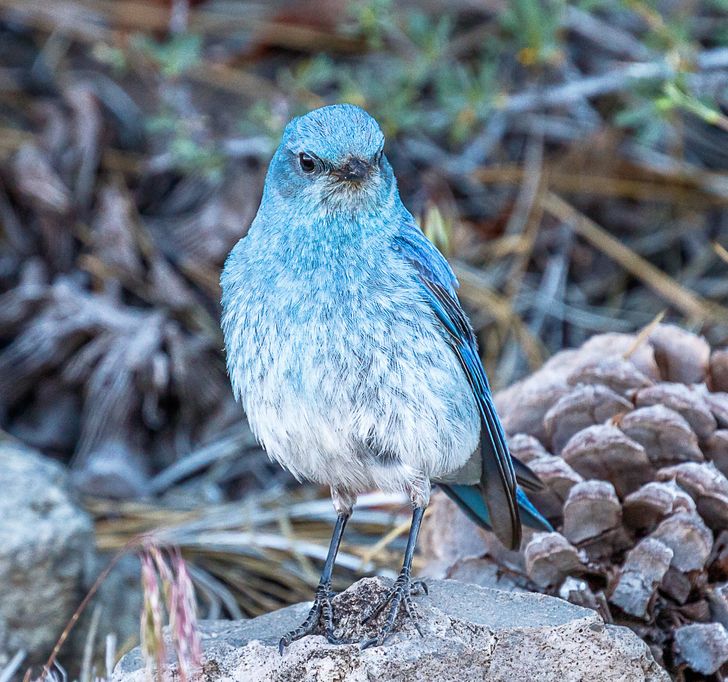
Throughout the winter season, Mountain Bluebirds tend to move towards milder regions like the southwestern parts of the United States and Mexico. These birds usually come back to their usual breeding areas during early springtime.
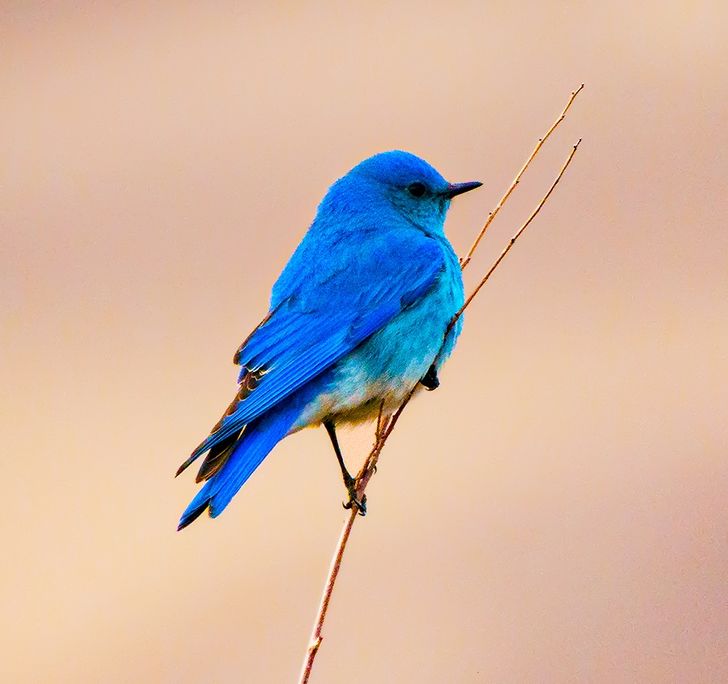
Although the Mountain Bluebird is not currently classified as a threatened species, its populations have decreased in certain areas due to habitat loss and competition for nesting sites from other bird species. To ensure the survival of these stunning birds, conservation efforts such as the installation of nesting boxes and preservation of grassland habitats are being implemented.
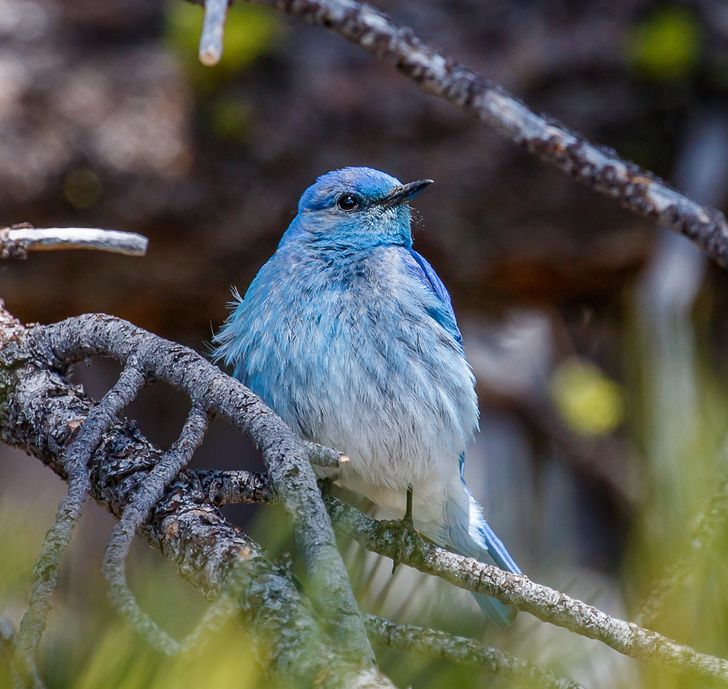
The Mountain Bluebird is an interesting and captivating species of bird, known for its shy nature and beautiful singing voice. Although they may be difficult to spot, their presence in grasslands and meadows enhances the beauty of the natural world. It is important to take measures to safeguard their habitat, so that future generations can also enjoy the Mountain Bluebird’s beauty and song.
